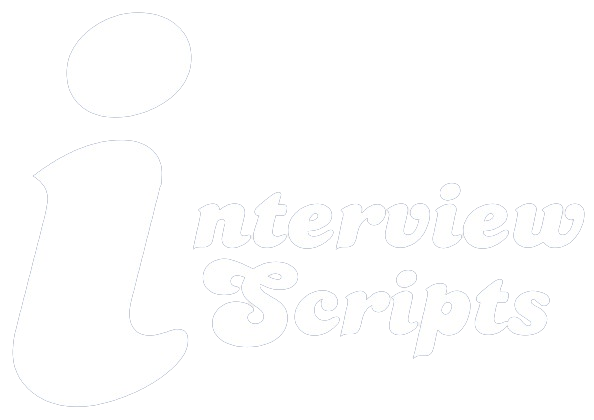HTML (Hypertext Markup Language) is a standard markup language used for creating web pages and web applications. It defines the structure and content of a web page using a set of markup tags and attributes.
2. What is the basic structure of an HTML document?
An HTML document has the following basic structure:
Code
<!DOCTYPE html>
<html>
<head>
<tittle>Title of the Document</tittle>
</head>
<body>
<!-- Content of the web page goes here -->
</body>
</html>
HTML DOCUMENTS are made up of a series of elements, which are enclosed in opening and closing tags and can contain text, images, videos, links, and other multimedia content. HTML elements can also be nested inside one another to create complex page layouts.
Some of the most common HTML elements include headings, paragraphs, lists, links, images, tables, forms, and input fields. HTML documents can also include CSS (Cascading Style Sheets) to define the visual style and layout of a page, and JavaScript to add interactivity and dynamic functionality.
HTML has evolved over the years, with the latest version being HTML5, which introduced new semantic elements, improved multimedia support, and other features to make web development easier and more efficient.
HTML (Hypertext Markup Language) is a markup language used to create the structure of web pages. The basic structure of an HTML document consists of the following part
<!DOCTYPE html> declaration: This is the first line of an HTML document and specifies the document type and version.
<html> element: This element encloses the entire document and contains the <head> and <body> elements.
<head> element: This element contains information about the document, such as the title of the page, metadata, and links to external files.
<title> element: This element specifies the title of the document, which appears in the browser tab and in search results.
<meta> elements: These elements provide additional information about the document, such as the character encoding and description.
<body> element: This element contains the content of the web page, such as text, images, videos, and other media.
Structural elements: These elements provide structure to the content, such as headings (<h1> through <h6>), paragraphs (<p>), lists (<ul>, <ol>, and <li>), and tables (<table>, <thead>, <tbody>, <tfoot>, <tr>, <th>, and <td>).
Semantic elements: These elements provide meaning to the content, such as the <header>, <nav>, <main>, <article>, <section>, and <footer> elements.
Attributes: These are additional properties that can be added to HTML elements, such as the id, class, src, href, and alt attributes.
Here's an example of a basic HTML structure
<html> <!-- The root element of the HTML document -->
<head> <!-- Contains metadata about the document, such as the title and links to stylesheets -->
<title>Page Title</title> <!-- The title of the document, displayed in the browser's title bar -->
</head>
<body> <!-- Contains the visible content of the document -->
<h1>Heading 1</h1> <!-- A top-level heading -->
<p>A paragraph of text.</p> <!-- A paragraph of text -->
<ul> <!-- An unordered list -->
<li>List item 1</li> <!-- A list item -->
<li>List item 2</li>
</ul>
</body>
</html>
The essential JavaScript concepts every developer should master:
Impressive JavaScript examples to enhance your skills:




